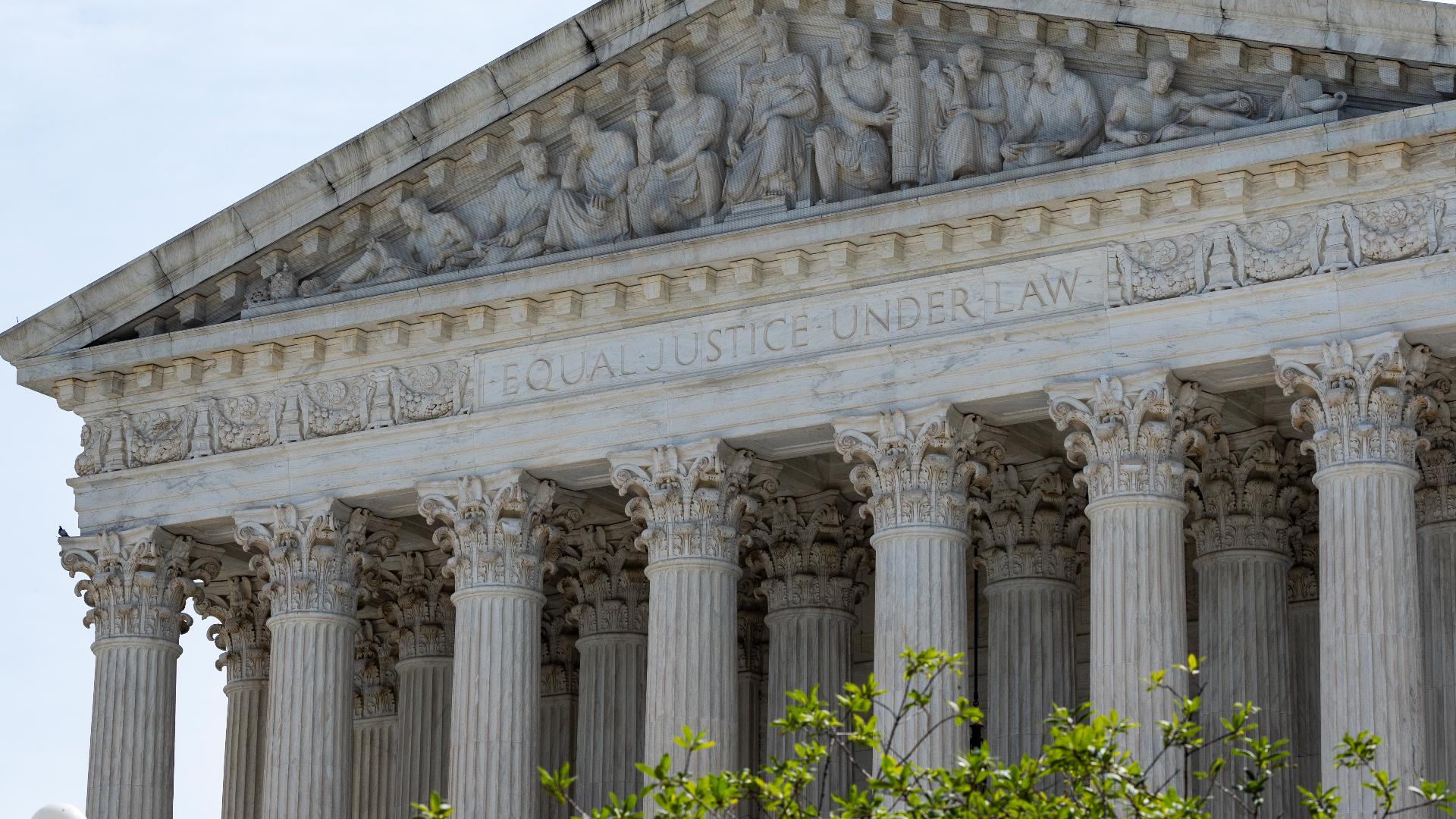Chevron Decision Background
The Chevron decision, formally known as Chevron U.S.A., Inc. v. Natural Resources Defense Council, Inc., is a landmark Supreme Court ruling issued in 1984 that significantly altered the legal landscape surrounding administrative law in the United States.
The Chevron decision established a framework for judicial review of agency interpretations of ambiguous statutes. This doctrine has been applied in numerous cases, including the recent Grants Pass Supreme Court case, which involved the interpretation of the Clean Water Act.
The Chevron decision remains an important precedent for judicial review of agency action and continues to shape the relationship between the courts and administrative agencies.
Prior to Chevron, courts had applied a “hard look” doctrine to review agency decisions, scrutinizing them closely to ensure they were supported by substantial evidence in the administrative record. However, the Chevron decision established a new framework for judicial review of agency interpretations of statutes, known as the “Chevron deference” doctrine.
The Chevron decision, a landmark ruling in intellectual property law, has far-reaching implications for the fashion industry. Its impact extends beyond the specific case, influencing the way we understand and protect designs. Tartan, a traditional fabric with a distinctive pattern, exemplifies the complexities of design ownership.
The tartan meaning is not only cultural but also legal, as the Chevron decision highlights the need to balance creativity with commercial protection. Ultimately, the decision reinforces the importance of carefully navigating the intersection of fashion and law.
Chevron Doctrine
The Chevron doctrine consists of two steps:
- First, the court must determine whether Congress has directly spoken to the precise question at issue. If so, the court must defer to the agency’s interpretation of the statute unless it is unreasonable.
- If Congress has not directly addressed the issue, the court must defer to the agency’s reasonable interpretation of the statute.
The Chevron doctrine has had a profound impact on administrative law, giving agencies broad discretion to interpret and apply statutes within their areas of expertise.
The Chevron decision established a standard of judicial deference to agency interpretations of statutes, but its implications extend beyond administrative law. In recent years, the Supreme Court has grappled with the issue of homelessness, recognizing the unique challenges faced by unhoused individuals.
Supreme court homelessness rulings have balanced the rights of individuals with the need for public order, highlighting the tension between judicial deference and the fundamental rights of all citizens.
Chevron Decision Analysis: The Chevron Decision

The Chevron decision has had a profound impact on the balance of power between agencies and courts. Prior to Chevron, courts were more likely to scrutinize agency interpretations of statutes. However, after Chevron, courts have become more deferential to agency interpretations, giving agencies more leeway to implement their statutory mandates.
The Chevron doctrine has several implications for judicial deference to agency interpretations. First, it requires courts to defer to agency interpretations of statutes that are ambiguous or unclear. Second, it requires courts to defer to agency interpretations that are reasonable, even if the court would have interpreted the statute differently. Third, it requires courts to defer to agency interpretations that are consistent with the statute’s purpose and objectives.
Implications of Chevron Doctrine for Judicial Deference
- Courts must defer to agency interpretations of statutes that are ambiguous or unclear.
- Courts must defer to agency interpretations that are reasonable, even if the court would have interpreted the statute differently.
- Courts must defer to agency interpretations that are consistent with the statute’s purpose and objectives.
Chevron Decision Applications

The Chevron doctrine has been applied in numerous real-world cases, shaping the interpretation and application of administrative law in the United States. It has also been challenged and debated, with controversies arising from its potential implications for the separation of powers and the role of the judiciary in reviewing agency decisions.
One notable application of the Chevron doctrine is in the context of environmental regulation. In the case of Massachusetts v. EPA (2007), the Supreme Court held that the Environmental Protection Agency (EPA) had the authority to regulate greenhouse gas emissions under the Clean Air Act. The Court applied the Chevron doctrine, deferring to the EPA’s interpretation of the statute as reasonable and consistent with its purpose.
Controversies and Debates, The chevron decision
The Chevron doctrine has been the subject of ongoing controversies and debates. Critics argue that it grants excessive deference to administrative agencies, potentially undermining the role of the judiciary in interpreting the law. They contend that agencies may have vested interests and political motivations that could influence their interpretations, leading to potential abuses of power.
Supporters of the Chevron doctrine, on the other hand, argue that it promotes efficiency and expertise in administrative decision-making. They maintain that agencies possess specialized knowledge and experience in their respective fields, and that deferring to their interpretations allows for more informed and nuanced decision-making.
The Chevron decision established a framework for judicial deference to agency interpretations of ambiguous statutes, influencing numerous areas of law. However, its implications extend beyond administrative law. For instance, in the context of supreme court homelessness, it has been cited to support arguments that courts should defer to local governments’ determinations of what constitutes “homelessness” for purposes of allocating resources.
Understanding the Chevron decision’s broader impact, including its relevance to issues such as supreme court homelessness , is crucial for legal practitioners and policymakers.
The Chevron decision, established in 1984, granted deference to agencies’ interpretations of ambiguous statutes. However, in a landmark ruling, the Supreme Court recently overturned Chevron , limiting the scope of this deference. This significant shift has implications for the Chevron decision itself, potentially altering the balance of power between agencies and courts in interpreting laws.